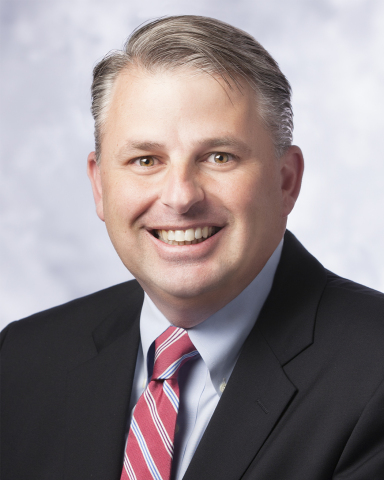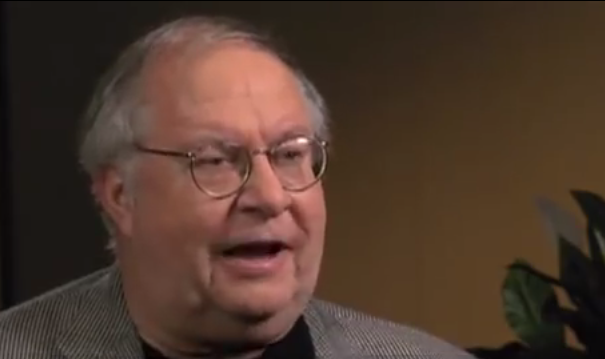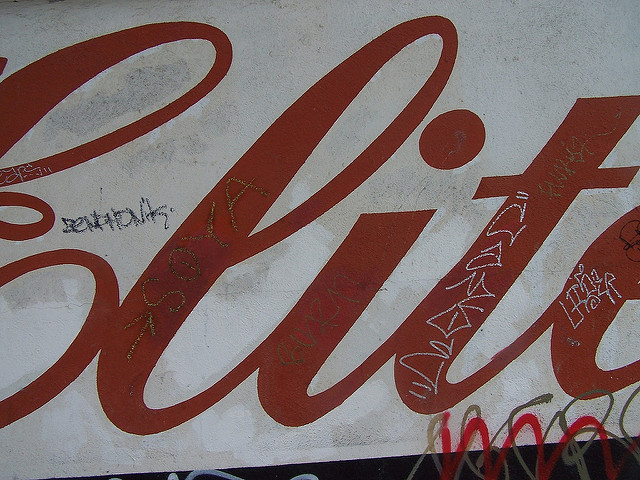A year ago, I attended a conference organized by one of our clients, and all the talk was about China, oil, Fed rate hikes and the dollar. Japan was never mentioned. A couple of weeks ago, I attended the same event and there was no other topic of conversation but Japan—zero interest rates, the state of the banks, “helicopter money”, the strong yen.
It’s not difficult to explain the shift in focus. On top of all of those subjects, July 29 saw the announcement of a new set of stimulus measures, 19 days after elections had delivered a stronger mandate for Prime Minister Shinzo Abe’s LDP-led coalition and, of course, his “Abenomics” project. Moreover, there was a growing sense that governments may be getting ready to loosen fiscal policy as central banks reach the limits of effective monetary policy, and that Japan is at the vanguard of this development.
No Eye-Catching Headlines…
That notion took a bit of a hit in the week following the July 29 announcement, however. While the Bank of England managed to surprise positively with its first post-Brexit rate cut and QE boost, the market was disappointed with what the Bank of Japan (BoJ) unveiled. The yen strengthened sharply and Japanese equities swooned. Perhaps all the talk of helicopter money had raised expectations too high.
But there are many things the authorities can do before they have to deploy helicopter money, which as we know by now would require enabling legislation to become legal in Japan, and the new package of policies includes meaningful steps in the right direction.
To start with, the economic stimulus package was big, if not earth-shattering: more than ¥28 trillion, of which almost half would come in fiscal measures. On the monetary-policy side, QE was held steady, rates were kept negative and ETF purchases are set to double.
Other details were arguably more interesting, however. We found out that there would be more coordination between the BoJ and finance minister Taro Aso, for example. There will be a review of the effectiveness of the BoJ’s QE program in September, which might also be a hint of the shift from monetary to fiscal stimulus to come.
…But Plenty of Eye-Catching Details
Fiscal stimulus works best when accompanied by significant structural reform. Again, we see encouraging signs in the new package from Japan. Effective structural reform differs from one country to the next. The U.K. has a flexible labor force, but lacks housing and energy infrastructure strategy; in the U.S., bridges, airports and highways are falling apart and the tax laws are labyrinthine; in Italy, governance needs serious reform.
Japan has no shortage of great infrastructure. It is, however, acutely exposed to the developed-world problem of a shrinking and aging workforce. Effective labor-market reforms can make that shrinking workforce more productive: You can enlarge it by incentivizing people to enter or reenter the workforce, and by welcoming more workers from outside; you can support those unable to enter the workforce to consume more.
The new stimulus package did not contain headline-grabbing helicopters or immigration-policy overhauls, and that might explain why the market has expressed disappointment. But it quietly ticked a lot of these boxes. Wages for teachers are going up, for example, creating more disposable income and investing in future productivity. There are plans to spend more on childcare availability and quality to enable mothers to reenter or remain in the workforce. Tax rules that penalize families’ second earners will come under review, and welfare spending for those on lower incomes will go up to incentivize consumption.
Where Japan Leads, the Rest of the World Follows
What happens if policies such as these succeed where bridge-building and QE have failed?
Japanese government bond markets may have offered a signal. Long-dated bond yields made their biggest jump in three years. It’s a good idea not to read too much into the movements of such a thin market, but we should take this kind of thing seriously nonetheless: With yields at current levels, a drop in principal value like this wipes out almost a decade’s worth of cash flows. The marginal seller was making a pretty clear vote for future inflation. The investors who failed to turn up for the government bond auction on the Tuesday following July 29 had the same thing in mind.
The end game for this unprecedented policy path is far from clear, but it probably includes abandoning the Japanese government bond market to the BoJ’s swelling balance sheet (it’s already on course to own half the market within two years); a plummeting yen; and high inflation gnawing away at the country’s 230% debt-to-GDP ratio. In turn, that could give the government much more leeway for fiscal expansion than seems evident today.
So far, this appears to have been lost in translation for many market participants. But the hints are very real in the recent news out of Japan—and there is no reason to assume that where Japan leads, much of the developed world won’t eventually follow.
Neuberger Berman’s CIO insight by Brad Tank






